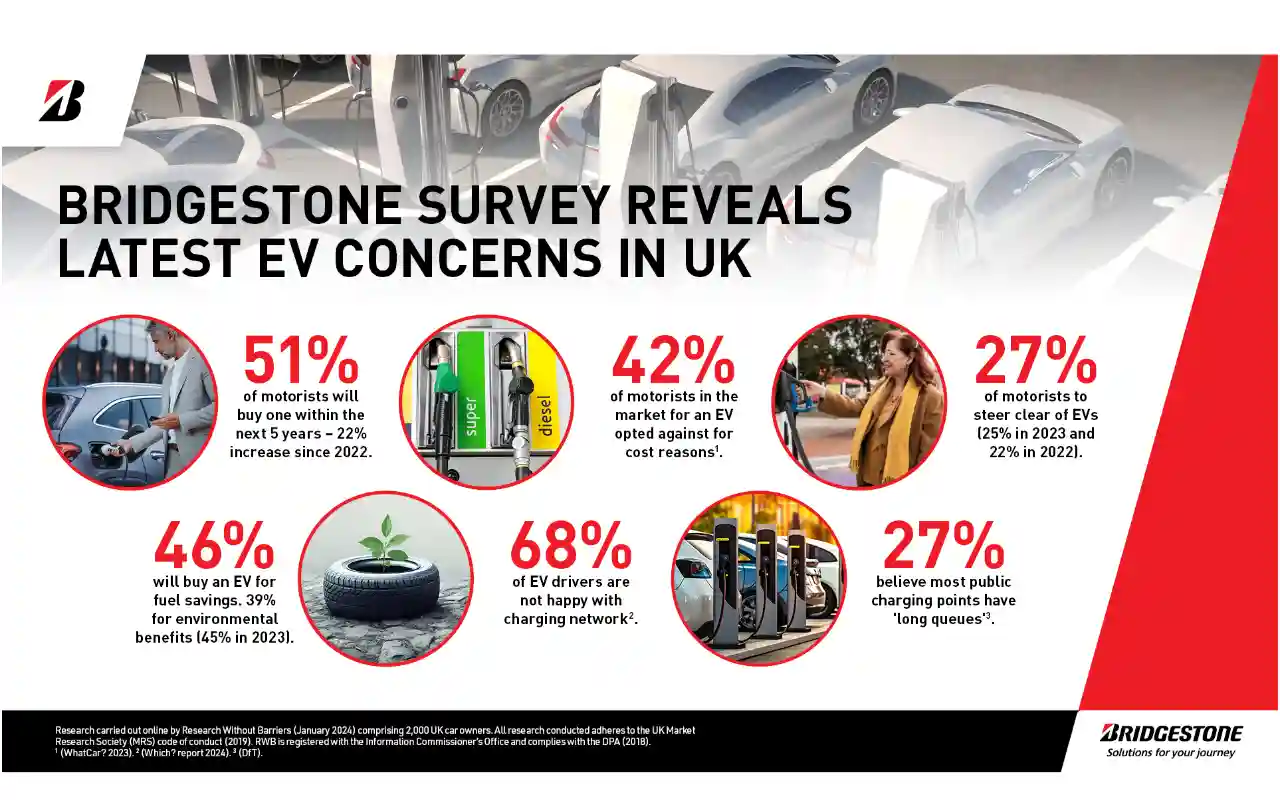BRIDGESTONE, a global leader in tyre manufacturing, released a new survey today (28 June 2024) highlighting the mixed sentiments of UK drivers towards the electric vehicle (EV) revolution.
While 51% of respondents expressed intent to purchase an EV within the next five years, a significant 27% declared they would never make the switch, marking a 5% increase in resistance over two years.
Key Findings:
- Charging Infrastructure Concerns: The lack of accessible charging points remains the primary barrier to EV adoption, with 64% of respondents citing it as a major concern.
- Cost Concerns: Initial purchase price remains a significant deterrent for 63% of surveyed drivers.
- Range Anxiety: Despite advancements in battery technology, 47% of motorists still express concerns about the limited range of EVs.
The survey results align with findings from other recent studies, underscoring the need for a comprehensive approach to address these challenges and accelerate the transition to electric mobility.
Despite the challenges, the UK has seen a significant rise in EV adoption, with the millionth battery electric vehicle hitting the roads in January 2024. The Society of Motor Manufacturers and Traders (SMMT) forecasts the addition of 414,000 new BEVs in 2024.
In May’s registration figures, electric vehicles saw a rise in penetration to 17.6% of the market compared to the same period last year, perhaps suggesting that private sentiment is still adrift of business take up. See our feature on this below:
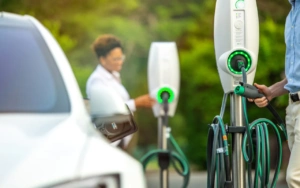
It’s also worth pointing out that EV chargers continue to be installed at pace. According to ZapMap, 1,304 net new EV charging devices were added made up of 786 slow, 193 fast, and 325 rapid and ultra-rapid devices (May 2024 figures).
Nevertheless, Andrea Manenti, Bridgestone North Region Vice President, acknowledged the survey findings as evidence of the work still needed to fully realise the potential of the EV revolution. He emphasised the need for a collaborative, clear strategy and investment to overcome existing barriers and shift perceptions towards electric mobility.

Strongest June for RVs since 2009
June used car values were the strongest since June 2009, says cap hpi, with petrol cars proving most popular with consumers.
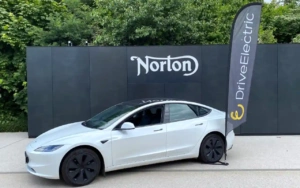
DriveElectric delivers salary sacrifice to Norton Motorcycles
Norton Motorcycles is offering staff the chance to drive EVs via a salary sacrifice programme from EV specialist broker DriveElectric.
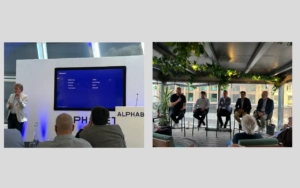
Broker News Newsletter 25 June 2024
Catch up on the latest leasing broker news in the 25 June 2024 Broker News newsletter
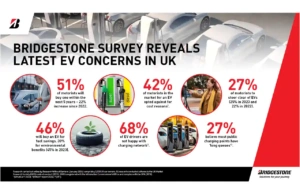
Bridgestone survey reveals UK motorists in ‘hybrid‘ mindset on EV adoption
UK motorists are in a hybrid state over the impending electric vehicle revolution according to the latest Bridgestone survey

Silverstone Soccer 2024 raises £3,000 for charity hospice
Ryan Bishop and the Silverstone Leasing team raised more than £3,000 for the Cynthia Spencer Hospice at a charity football event

The lcv group and CLM partnership surpasses 1,000 vehicles on the road
There are now more than 1,000 vehicles are now benefiting from the combined maintenance package of lcv group and CLM

Ralph Morton is the leading journalist in the leasing broker sector and editor of Broker News, the website which provides information and news for BVRLA-registered leasing brokers. He also writes extensively on the fleet and leasing market in both the UK and Europe.

